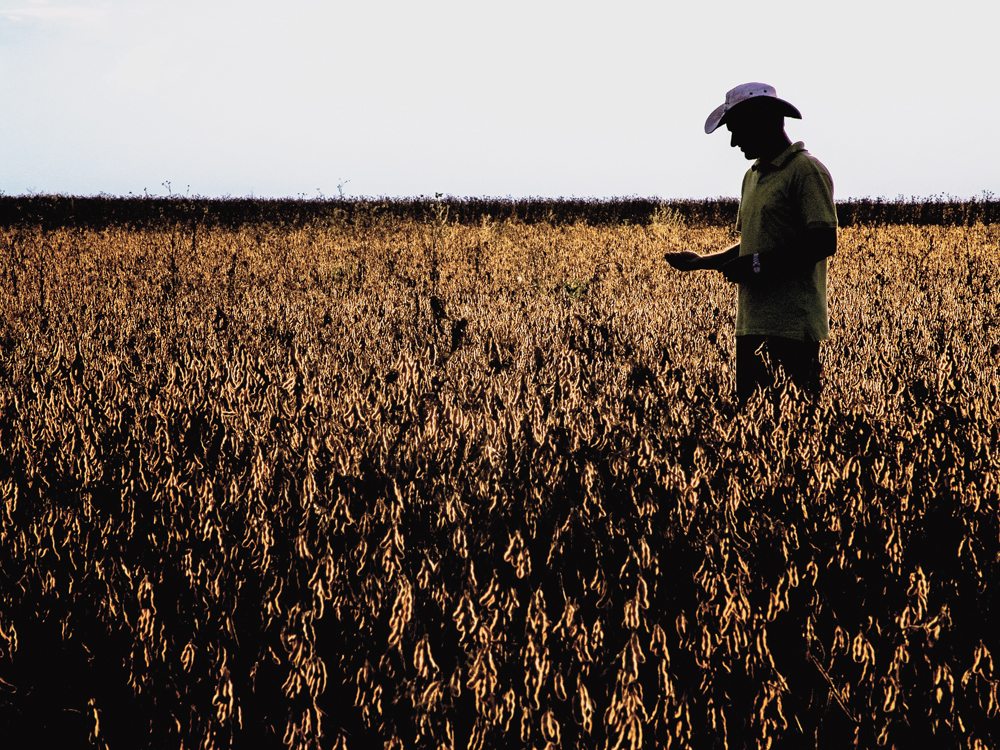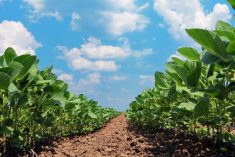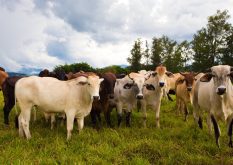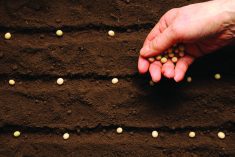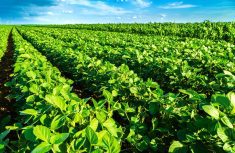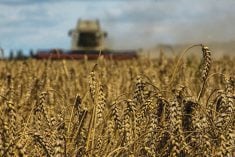One of your major grain-growing competitors has been turning the world on its ear by producing grain in a tropical locale.
Historically the tropics have been among the poorest regions, with the lowest agriculture productivity and highest incidents of malnutrition.
It wasn’t until the late-1990s the tropics began to emerge as a possible region for growing grain crops, particularly soybean. But, today, farmers in central Brazil are using a new tropical system of production known as safrinha, or succession farming, which results in two large crops — soybean and maize — per year.
Read Also
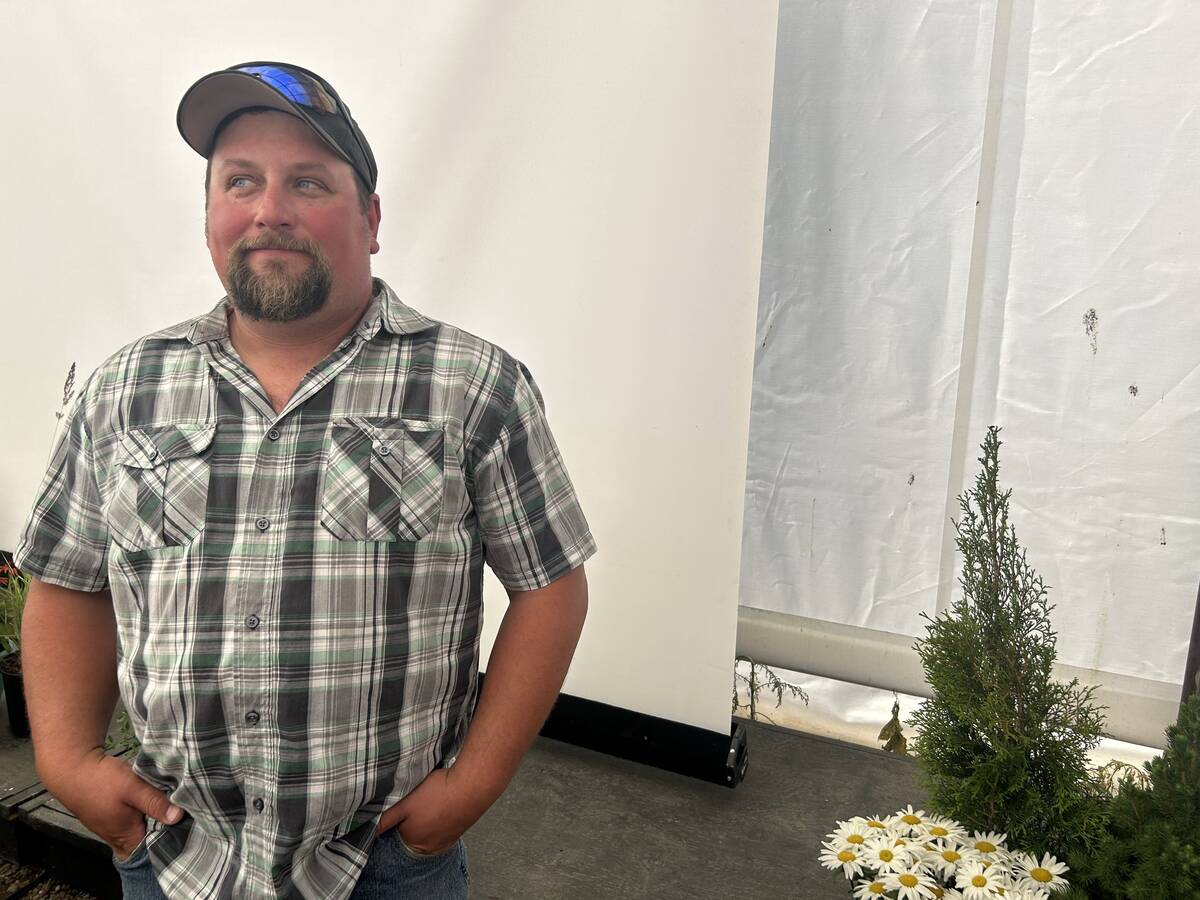
Three paths of rengerative agriculture
From integrating livestock to grassland financial incentives to precision grazing, Canadian farmers are searching for practical paths to marry farm resilience with profit
Agricultural economists at the University of Illinois recently took an in-depth look at the production system, in the Brazilian state of Mato Grosso.
“They far surpass Illinois or Iowa as a state, and the yields are the same as in the U.S. But nobody 20 years ago thought you could produce soybean in the tropics,” said Peter Goldsmith, a professor in the department of agricultural and consumer economics at U of I and lead author of the study.
“The thought is that the ‘breadbasket’ was outside that region and these regions would forever be food-importing regions. And, up until the late-1990s — not that long ago — nobody thought of the potential for the tropical world,” Goldsmith said.
Key to the system’s success is double — and in some cases even triple — cropping.
“It’s a very different sort of agriculture, but the real point is that they have proven that you can engage broad-land production in the tropics,” Goldsmith said.
The results of the study inform thinking about agricultural expansion in the tropics.

